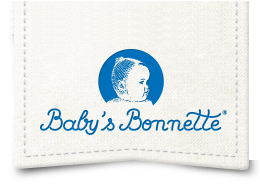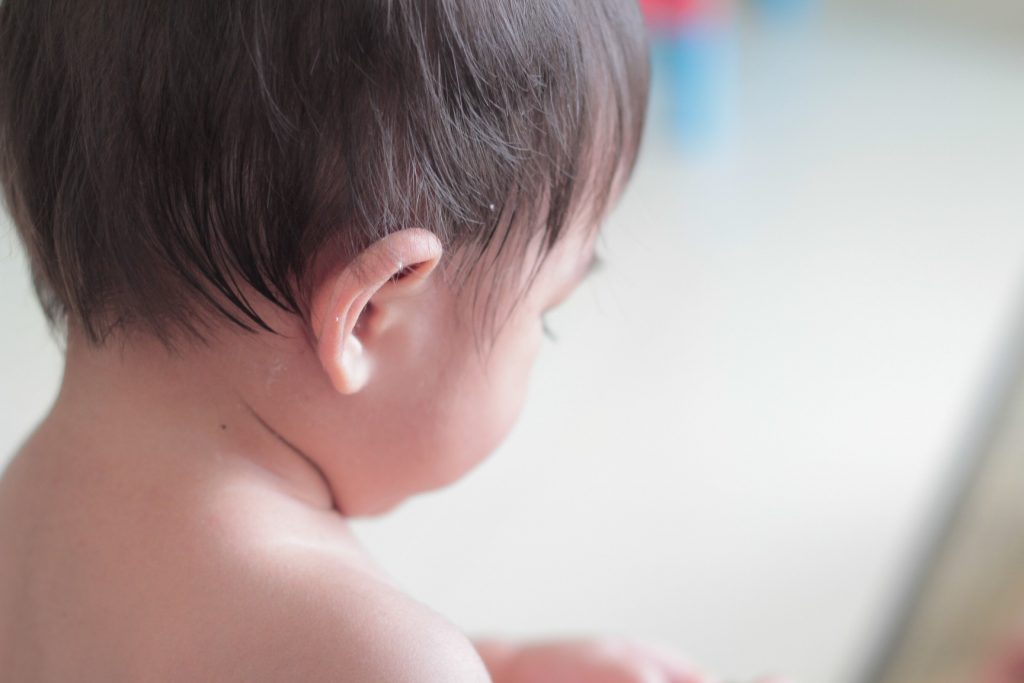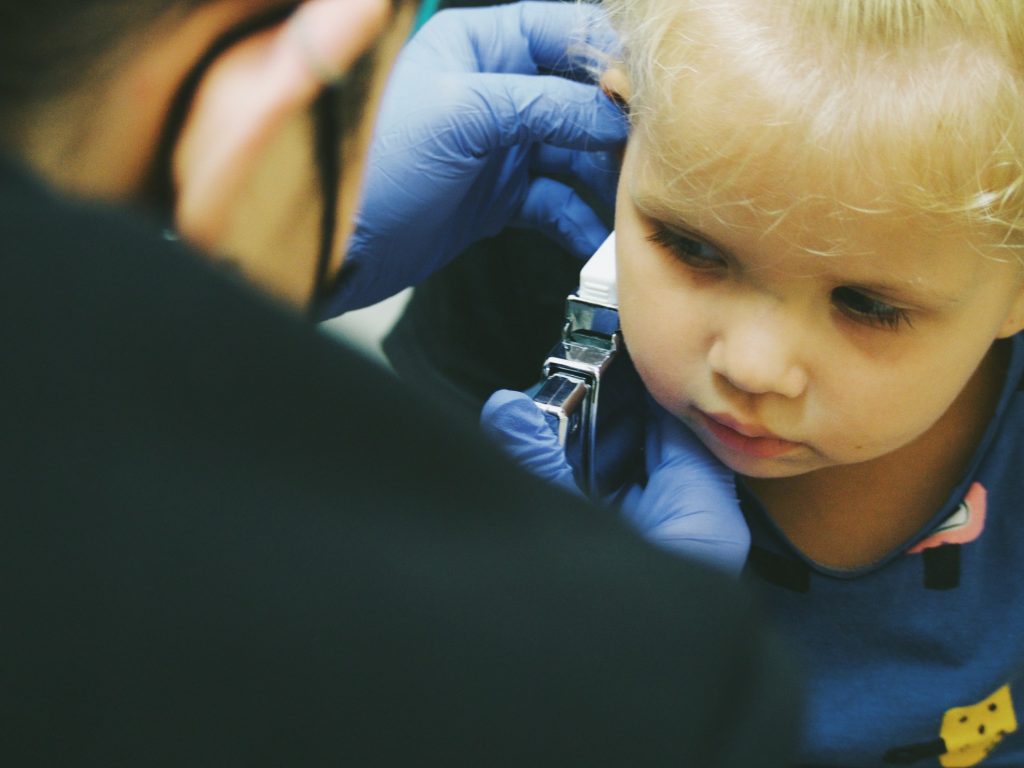Detached ears is a condition also known by the medical term “auricular detachment”. It is characterised by the auricles moving further away from the skull than normal. Although this is a benign condition, it can be a source of embarrassment, especially for children and teenagers.
Several solutions exist to prevent or correct protruding ears. We’ll look at these in this article.
What is otoplasty?
Otoplasty is a surgical procedure designed to correct the position, shape or size of the ears. The procedure is usually performed under local or general anaesthetic, depending on the patient’s age and the complexity of the operation.
Typical steps in otoplasty include:
1. Incision: Usually made behind the ear to minimise visible scarring.
2. Cartilage reshaping: The cartilage is bent, sculpted or excised to obtain the desired shape.
3. Sutures: Incisions are closed with sutures, often absorbable. Bandages are applied to protect the ears during the healing phase.
Otoplasty is a relatively safe procedure, with rare risks of complications such as infection or visible scarring.
Otoplasty: an option, not an obligation
It is crucial to stress that otoplasty is not an obligation for people with protruding ears. The reasons for choosing this procedure are mainly aesthetic and based on personal preferences.
Self-acceptance and body diversity
It is important to promote self-acceptance and to value body diversity. Protruding ears should not be perceived as a defect that absolutely requires correction. Many people live comfortably with this feature without feeling the need to change it.
Psychological considerations
For some people, particularly children, teasing or derogatory remarks can have a significant psychological impact. In such cases, discussing the option of otoplasty may be appropriate.
When can the operation be carried out?
Surgeons generally recommend operating on children from the age of 7. The ideal age for otoplasty is 9, as the child will be able to take an active part in the treatment. However, at puberty, there is a greater risk of hypertrophic scarring. This is why it is preferable to schedule the operation before the child starts secondary school. Obviously, although parental consent is essential for otoplasty, the child must agree to the operation. If the child is happy with his or her particularity, there is no reason to suggest this solution.
Psychological support can sometimes be enough to improve self-esteem and learn to deal better with criticism. It can even become a strength!
Protruding ears: alternatives to surgery
As we have just seen, otoplasty can only be performed from the age of 7. That’s why it’s essential to act at the first sign of protruding ears. This avoids the need for an operation and saves the child from being teased during the nursery years.
There is a method for preventing newborns’ ears from turning over, as this can lead to ear detachment. During the first few months of a baby’s life, the ear cartilage is malleable. So all you need to do is get them to wear a bonnet specifically designed to keep the ears flat. It fits from birth to 18 months and prevents protruding ears, avoiding the need for an operation.
Protruding ears are a natural variation of the human anatomy and do not necessarily require surgery. Otoplasty is an option for those who wish to change the appearance of their ears, but it remains a personal choice.
Another option is to have your baby wear a bonnet that prevents his ears from folding over. In this way, ears that are still malleable can find their place close to the skull. However, promoting self-acceptance is just as important as providing solutions for those who need them.







